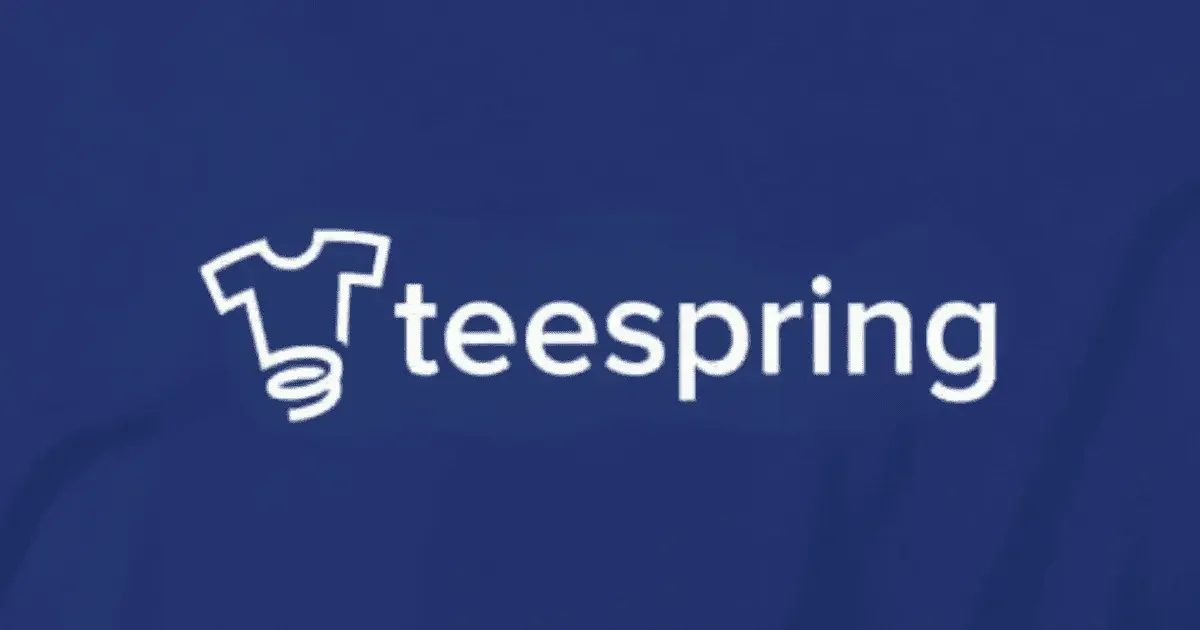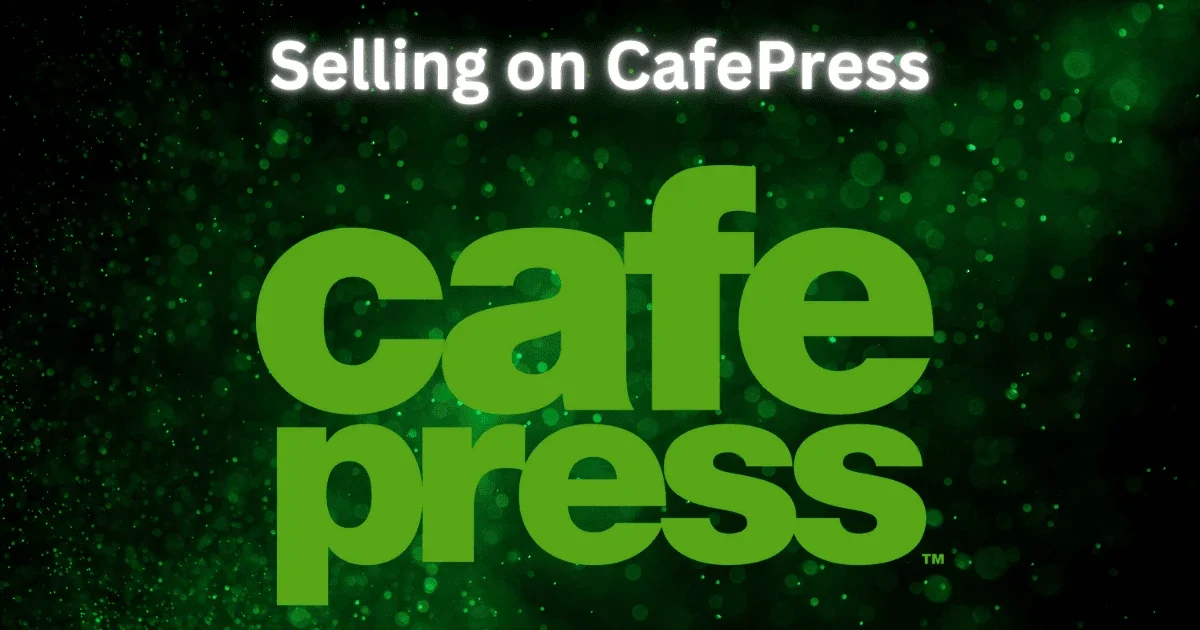You can start on CafePress with zero investment if you already have designs ready. The platform handles production and shipping, so there’s no upfront cost unless you want to promote your products.
While CafePress can provide some scalability, your earnings are somewhat dependent on the popularity of your designs. It’s not as scalable as a method where you control all aspects of growth.
Once your designs are uploaded, CafePress can provide passive income. However, this is dependent on continued demand and your designs staying relevant.
There is consistent demand for unique, custom-designed products, but it’s highly competitive and dependent on trends.
There are many sellers on CafePress, making it difficult to stand out without significant marketing or a unique niche.
Earnings are not instant. It takes time to build a catalog, generate traffic, and make sales, though it is relatively quicker than other methods.
CafePress can provide steady earnings as long as demand exists for your designs. However, like any platform, it could change its policies, or market trends could shift, impacting stability.
There’s low risk of losing money, as you don’t need to invest anything upfront, but there is a risk of investing time into designs that don’t sell well.
It’s relatively easy for newcomers to get started on CafePress. However, standing out and gaining traction takes time and effort.
CafePress can be somewhat vulnerable to changes in market trends, but as long as you keep up with designs and adapt to customer preferences, it’s relatively stable.
CafePress is available globally, with no major restrictions based on geography. It’s accessible to users worldwide, which is a positive feature.
No special skills or experience are necessary to get started, but creating successful designs that sell well may require some design skills.
CafePress offers a straightforward payment process via PayPal and checks, making it relatively easy to withdraw your earnings.
Making money on CafePress is not guaranteed and depends on how well your designs perform in a competitive market. You’ll need to put effort into creating appealing designs and driving traffic.


